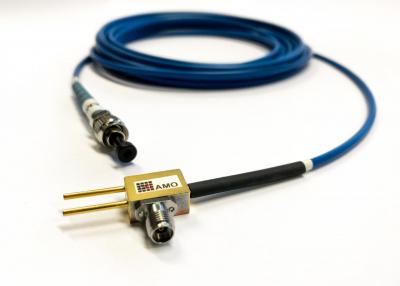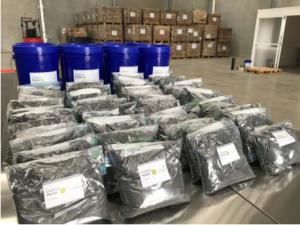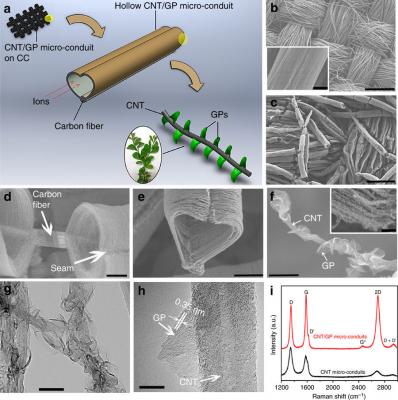Haydale to showcase graphene-enhanced prepreg at JEC World 2018
 Haydale will be demonstrating real-life applications of its lightweight graphene-enhanced prepregs at JEC World. Graphene-enhanced prepreg offers significant weight reduction and improved structural performance. This is expected to be of considerable interest to the automotive, sports and leisure and tooling industries.
Haydale will be demonstrating real-life applications of its lightweight graphene-enhanced prepregs at JEC World. Graphene-enhanced prepreg offers significant weight reduction and improved structural performance. This is expected to be of considerable interest to the automotive, sports and leisure and tooling industries.
On display will be: graphene-enhanced carbon fiber composite rear wheel arch made with thermally enhanced tooling; demisable fuel tank for use in the satellite industry; next generation graphene-enhanced bicycle frame; graphene-enhanced payload sent to the edge of space. Also, other components will be displayed, like Haydale’s latest advancements in graphene enhanced 3D filament and pellets aimed at improving the speed, strength, quality and accuracy of 3D printed products.




